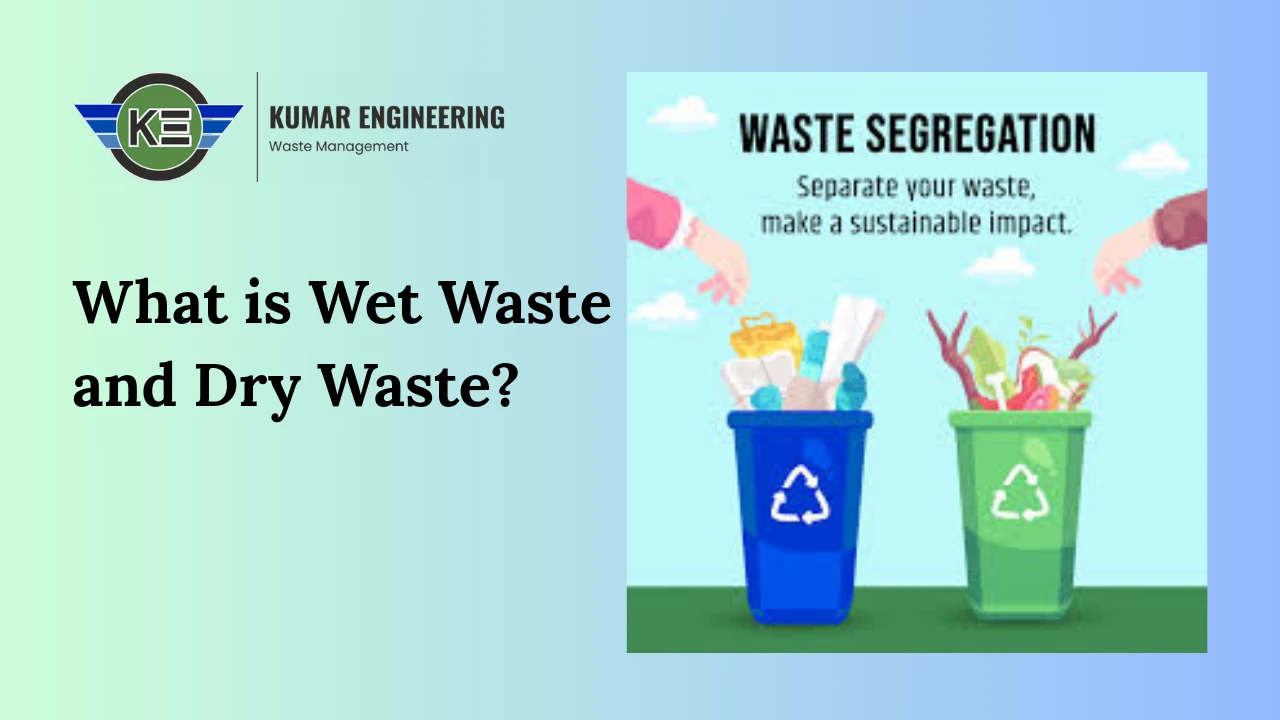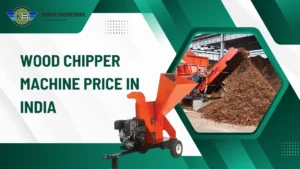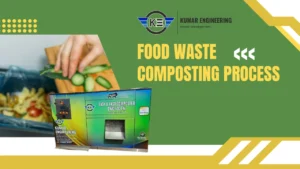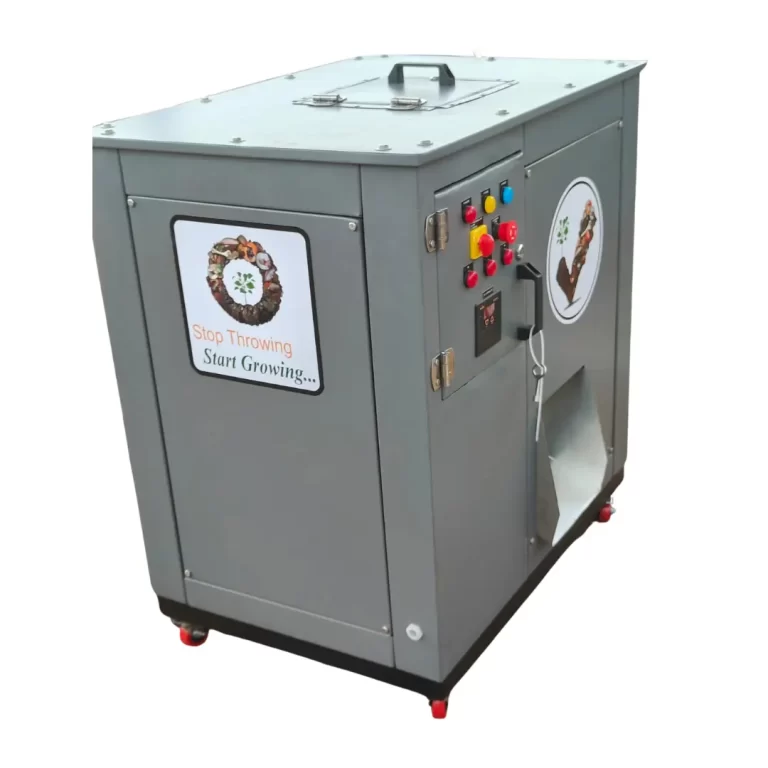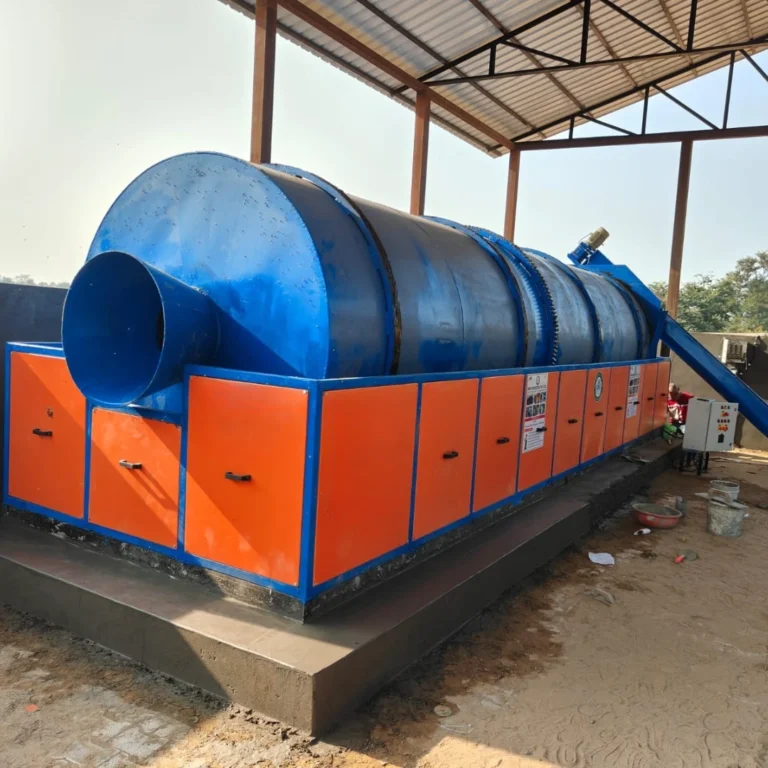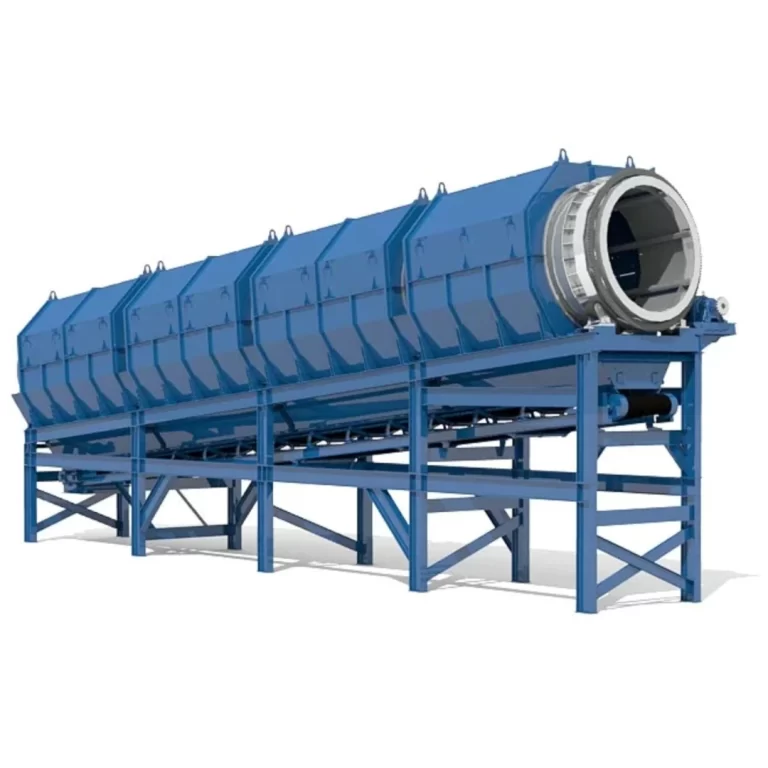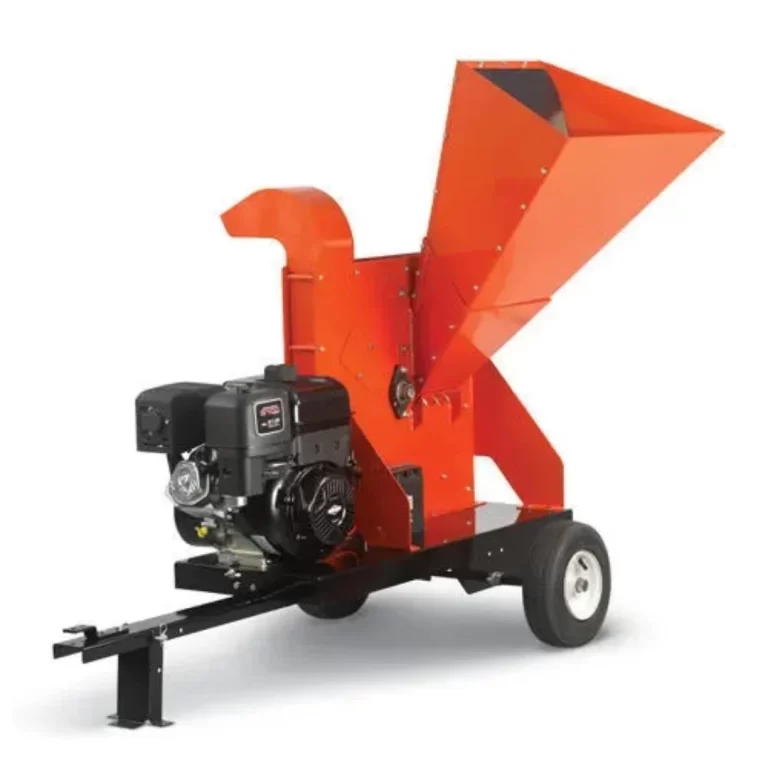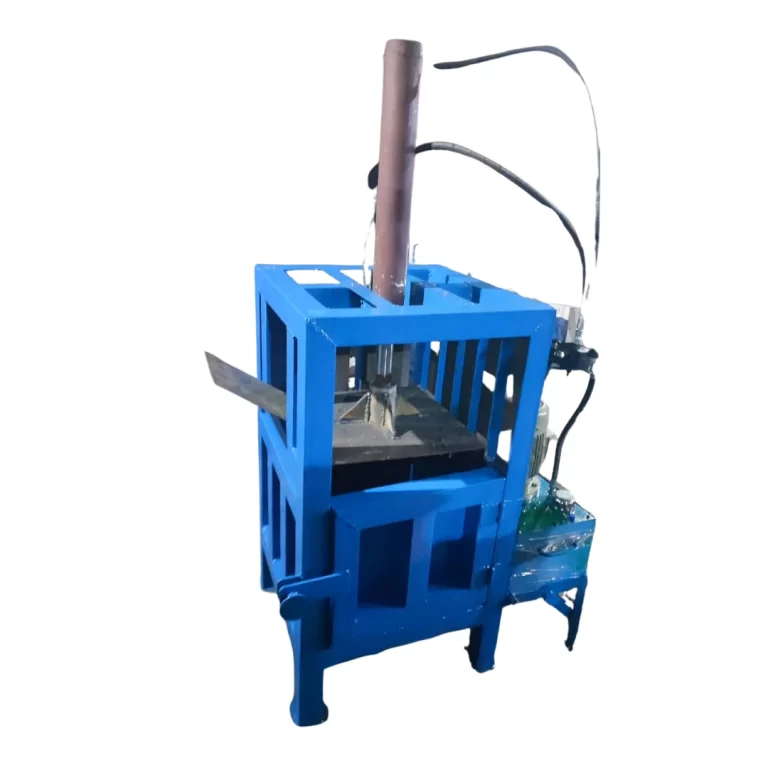Due to increasing pollution in today’s modern lifestyle, waste management has become an essential aspect. With growing cities and increasing population, the amount of waste generated daily has increased drastically. To effectively manage this waste and reduce the burden on landfills, waste segregation is essential. The most common and widely adopted method is to divide the waste into wet waste and dry waste. In this blog, we briefly explain what wet waste and dry waste are. And why is the Segregation of Wet and Dry Waste is Important?
What is Wet Waste?
Wet Waste refers to the organic, biodegradable waste that comes mostly from our kitchens and gardens. This type of waste contains moisture and can decompose naturally. Since it breaks down easily, wet waste can be converted into compost or used to produce biogas, making it a valuable resource when managed properly.
Examples of Wet Waste:
- Fruit and vegetable peels
- Leftover cooked or uncooked food
- Tea leaves, tea bags, and coffee grounds
- Egg shells, bones, fish, and meat waste
- Flowers, grass, and garden leaves
How to Handle Wet Waste:
- Collect wet waste separately in a green bin.
- Composting is the best solution — it turns organic waste into nutrient-rich manure for plants.
- Municipalities often use wet waste for biogas production or fertilizer making.
What is Dry Waste?
Dry Waste includes materials that are not biodegradable and generally recyclable. These wastes are dry in nature and do not decompose easily. It includes recyclable and reusable materials like plastic, paper, glass, and metals. Unlike wet waste, dry waste is usually free from moisture and can be processed for recycling to create new products.
Examples of Dry Waste
- Plastics – bottles, wrappers, containers, covers
- Glass – bottles, jars, broken glass pieces
- Metals – tin cans, aluminum foil, old utensils
- Others – thermocol, rubber, packaging materials, old clothes
How to Handle Dry Waste:
- Collect dry waste separately in a blue bin.
- Send it for recycling to reduce pollution and save natural resources.
- Avoid mixing it with wet waste, as contamination reduces recycling efficiency.
What is Waste Segregation?
Waste segregation is the process of dividing waste into different types based on their characteristics, such as wet, dry, hazardous, or electronic waste. This makes it easier to treat, recycle, or dispose of the waste safely.
Segregation is usually done using color-coded bins:
- Green Bin – Wet / biodegradable waste
- Blue Bin – Dry / recyclable waste
- Red Bin – Hazardous waste (like batteries, chemicals)
- Black Bin – Non-recyclable / residual waste
Why Segregation of Wet Waste and Dry Waste is Important?
- Reduces landfill load – Separating biodegradable and recyclable waste helps reduce the pressure on landfills.
- Encourages recycling – Dry waste can be reused and recycled into new products.
- Supports composting – Wet waste turns into valuable compost for agriculture and gardening.
- Prevents pollution – Proper disposal reduces soil, water, and air pollution.
- Meets legal requirements – Many cities in India and worldwide have made segregation at source mandatory.
Kumar Engineering is a leading manufacturer of food waste composter machines, offering high-quality, efficient, and cost-effective solutions. Our food waste composter machines are designed to convert organic waste into valuable compost efficiently and sustainably. If you want to buy these waste management machines, you can contact us. We have a wide range of these machines, like fatka machine, baling machine, mix waste shredder machine and more.

